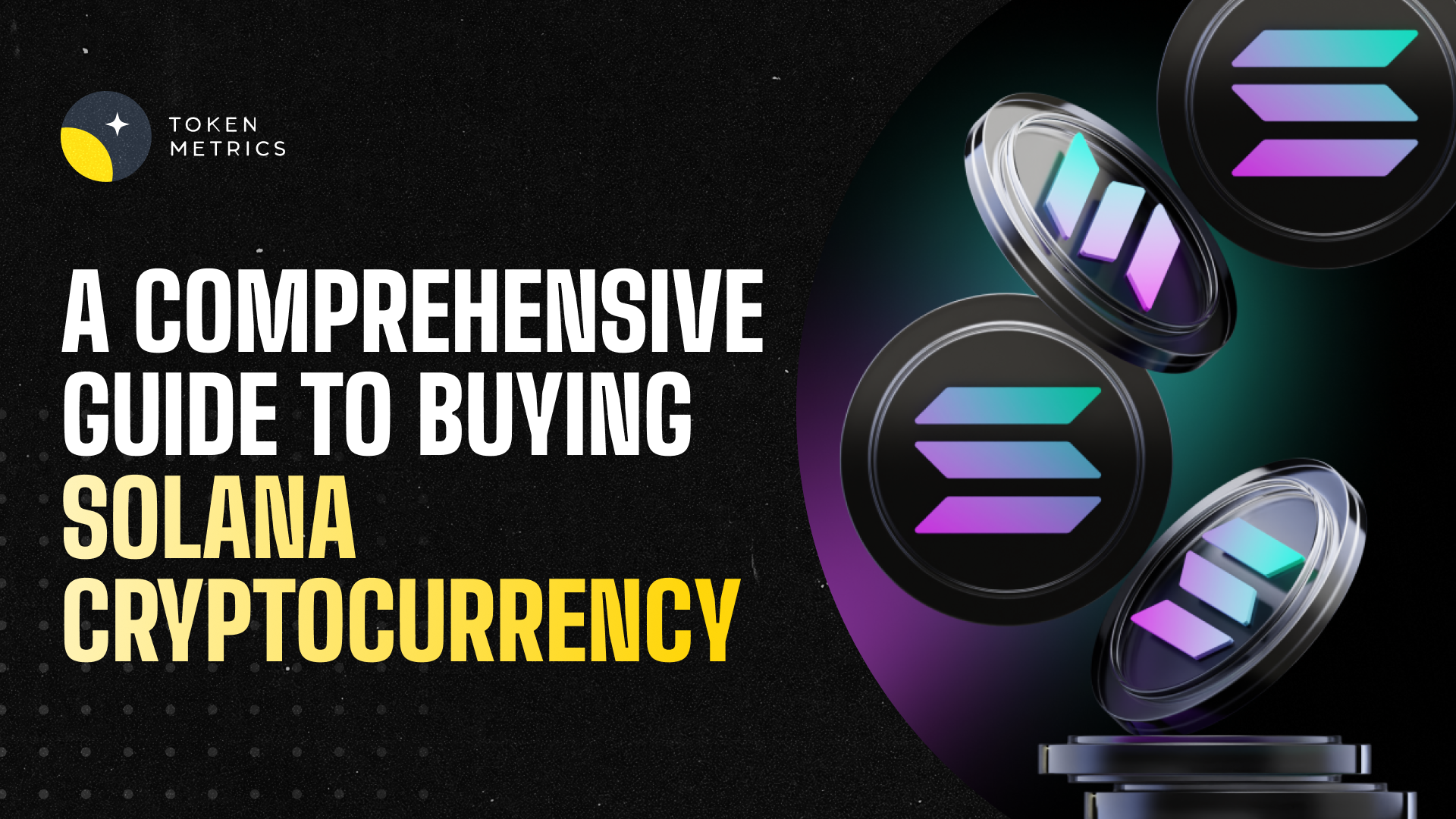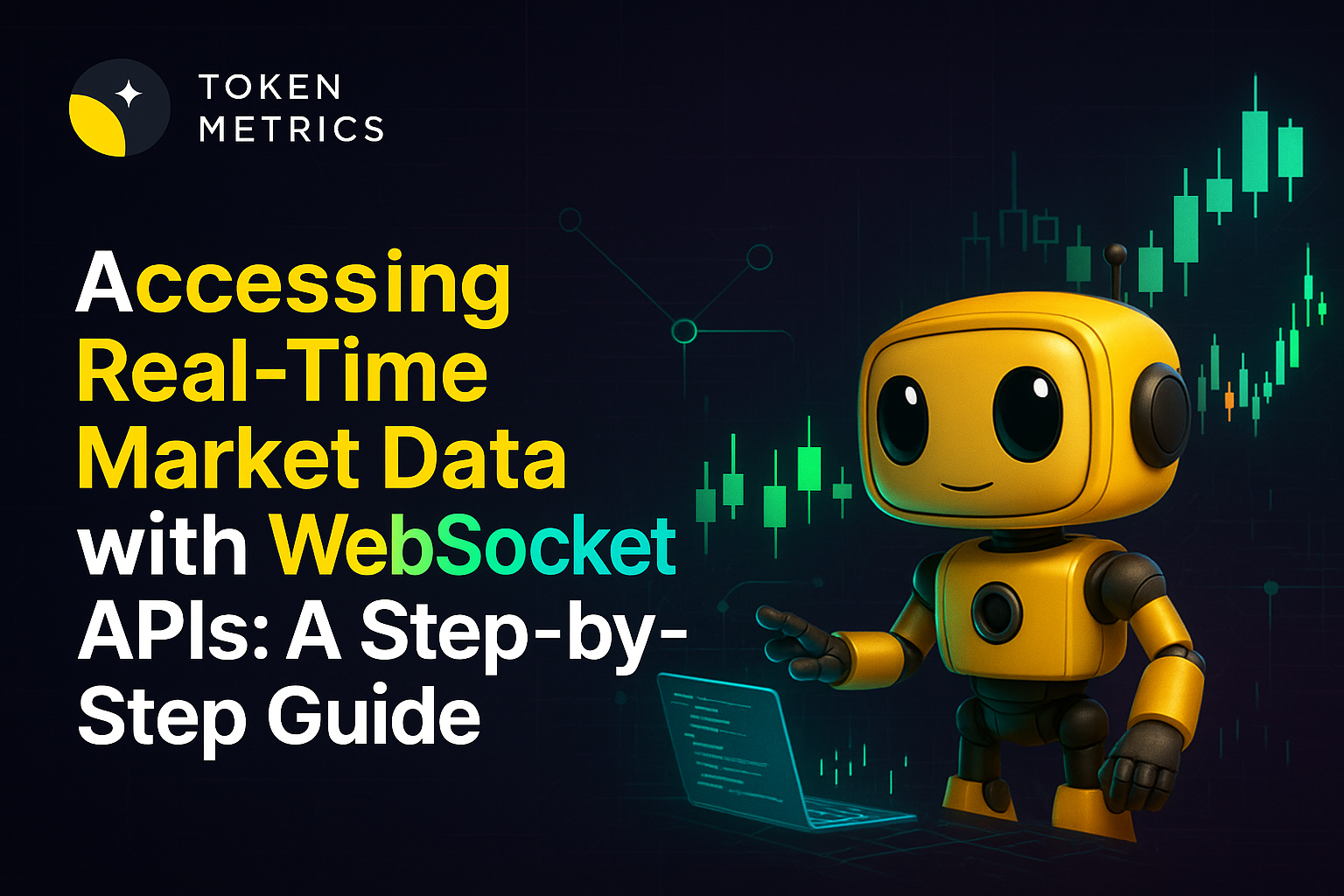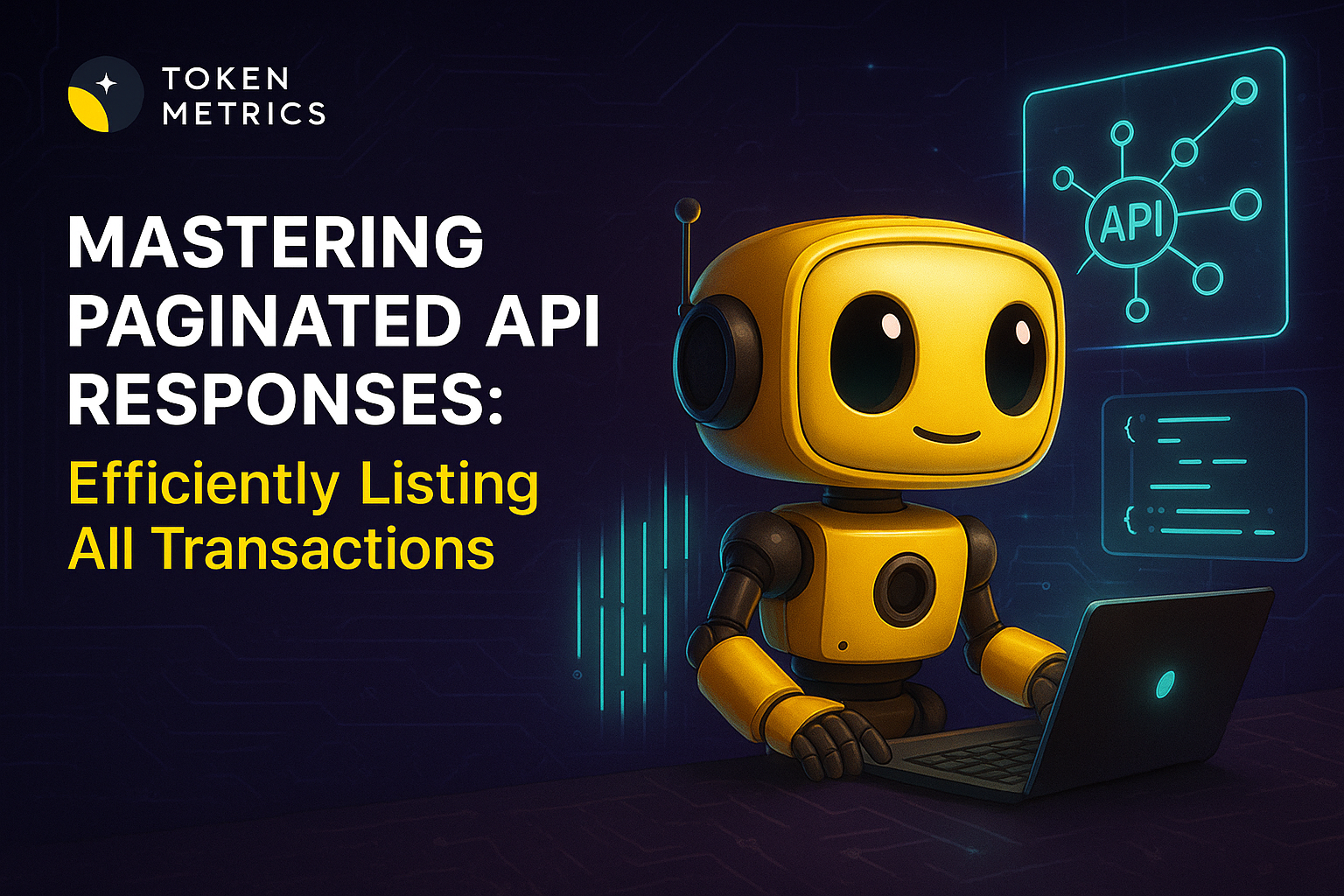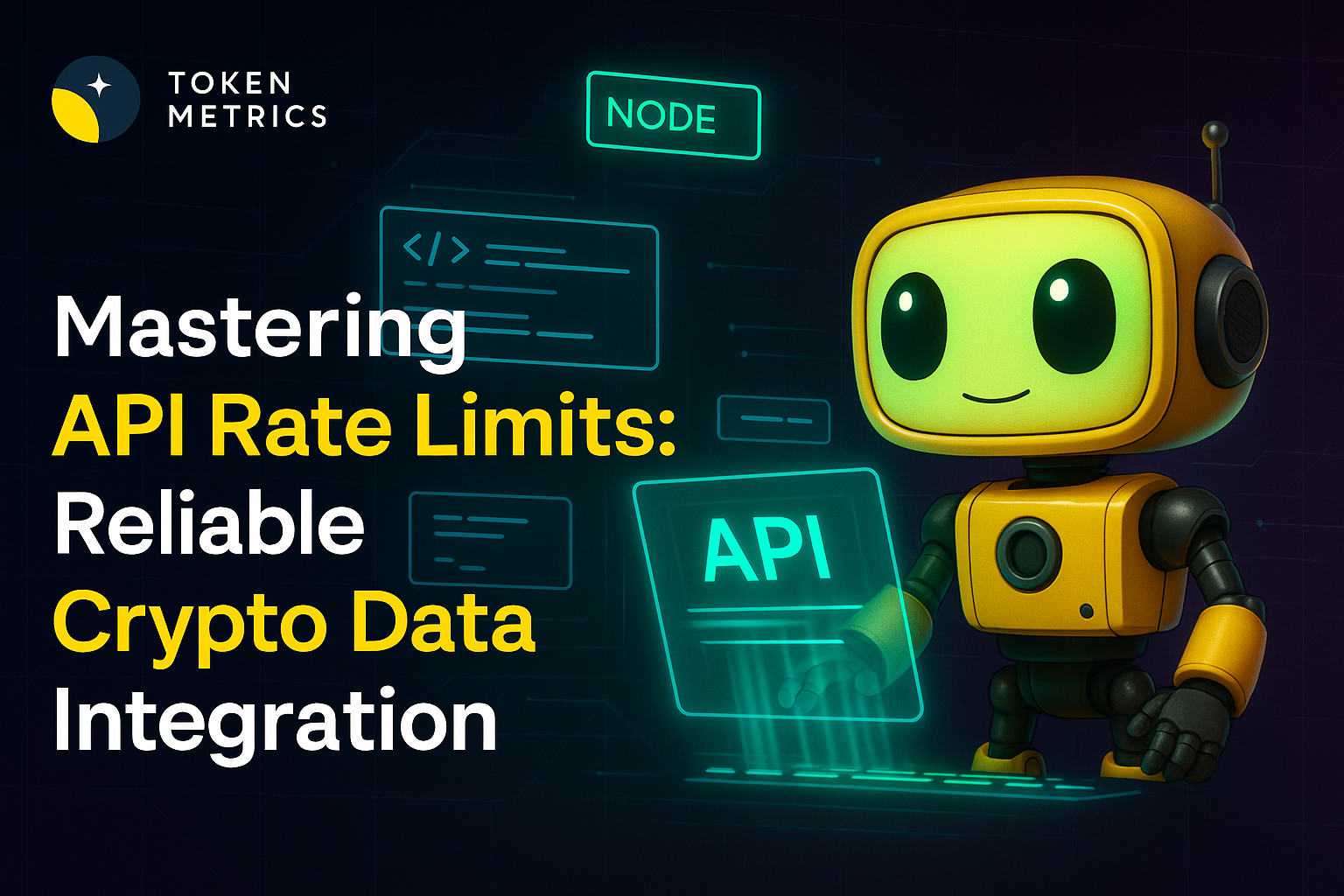A Comprehensive Guide to Buying Solana Cryptocurrency

Introduction
Solana has emerged as one of the notable projects in the blockchain ecosystem, known for its high-performance capabilities and growing developer community. Understanding how to buy Solana (SOL) requires familiarity with the ecosystem, secure wallets, and the exchanges where the token is available. This guide presents an educational overview on acquiring Solana tokens while highlighting the tools and approaches that can support your research process efficiently.
Understanding Solana and Its Ecosystem
Before proceeding with any acquisition, it helps to understand the fundamentals of the Solana blockchain. Solana is a decentralized network designed to enable fast, scalable decentralized applications (dApps) and crypto assets. Its native token, SOL, is used for transaction fees and interacting with applications on the network.
Awareness of Solana's technological framework, including its unique Proof of History consensus mechanism, provides context that informs the buying process from both a technical standpoint and an operational perspective.
Setting Up a Solana Wallet
Acquiring SOL tokens necessitates having a compatible wallet that supports Solana’s blockchain.
- Software Wallets: These are applications or browser extensions such as Phantom, Solflare, or Slope. They provide convenient access but require strong security practices like safeguarding private keys and seed phrases.
- Hardware Wallets: Devices like Ledger or Trezor offer enhanced security by storing private keys offline. Not all hardware wallets natively support Solana yet, so checking compatibility is essential.
Choosing a wallet depends on individual preferences balancing convenience and security considerations.
Selecting a Reliable Exchange to Buy Solana
SOL tokens are available on multiple cryptocurrency exchanges, but purchasing involves selecting a platform based on liquidity, fees, regulatory compliance, and user experience.
Common exchange options include:
- Centralized Exchanges (CEX): Platforms like Coinbase, Binance, and Kraken allow users to buy SOL using fiat or other cryptocurrencies. These platforms typically streamline the process but require identity verification.
- Decentralized Exchanges (DEX): Platforms such as Serum operate on Solana’s network enabling peer-to-peer token swaps without intermediaries. Working with DEXs requires connecting your wallet and understanding swap mechanics.
Researching exchange reputation, fee structures, and security protocols is an important step and can be supplemented by analysis tools.
Purchase Process Overview
- Create and Secure Your Wallet: Start by setting up a Solana-compatible wallet and securely storing your credentials.
- Select an Exchange: Choose a platform that fits your needs, factoring in trading pairs and payment methods.
- Deposit Funds: Transfer fiat currency or cryptocurrency to your exchange account or connected wallet.
- Place an Order: Use market or limit orders to purchase SOL tokens at your chosen price.
- Transfer SOL Tokens to Your Wallet: For security, consider moving purchased tokens from the exchange to your personal wallet.
Researching Solana with AI-Driven Analytical Tools
Utilizing AI-powered research platforms enhances the ability to analyze blockchain projects systematically. Token Metrics is one such platform offering data-driven insights, ratings, and scenario analyses. These tools help decode market trends, evaluate fundamentals, and monitor technical developments, supporting an informed understanding of Solana’s evolving landscape.
While such platforms provide valuable educational support, users should integrate various sources and maintain ongoing research to navigate the dynamic crypto environment responsibly.
Security Considerations
When buying Solana or any cryptocurrency, security is paramount. Consider the following precautions:
- Use two-factor authentication (2FA) on exchange accounts and wallets.
- Store wallet recovery phrases offline and securely.
- Beware of phishing attacks and unsolicited requests for private keys.
- Stay updated on software and firmware upgrades for wallet devices.
Conclusion
Acquiring Solana tokens involves understanding the blockchain’s underlying technology, selecting the right wallet, choosing a reliable exchange, and practicing robust security measures. Leveraging AI-powered analytical tools like Token Metrics can deepen research capabilities and facilitate a comprehensive approach to exploring the crypto space.
Disclaimer
This content is provided solely for educational and informational purposes. It is not financial, investment, tax, or legal advice. Readers should perform their own research and consult with licensed professionals before making any financial decisions related to cryptocurrencies.
Create Your Free Token Metrics Account

.png)




%201.svg)
%201.svg)


%201.svg)










.svg)




.png)